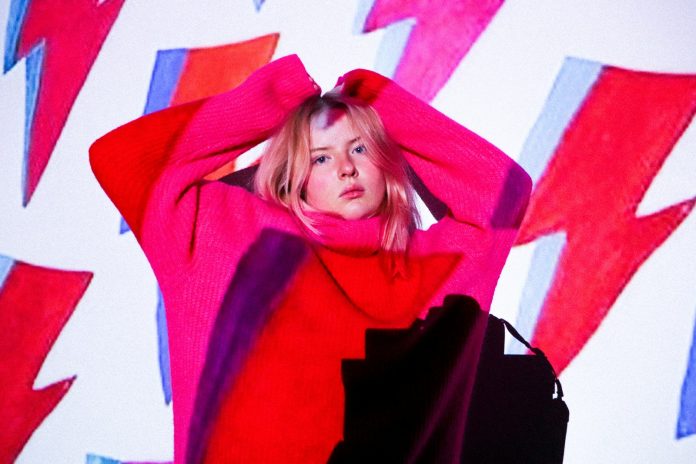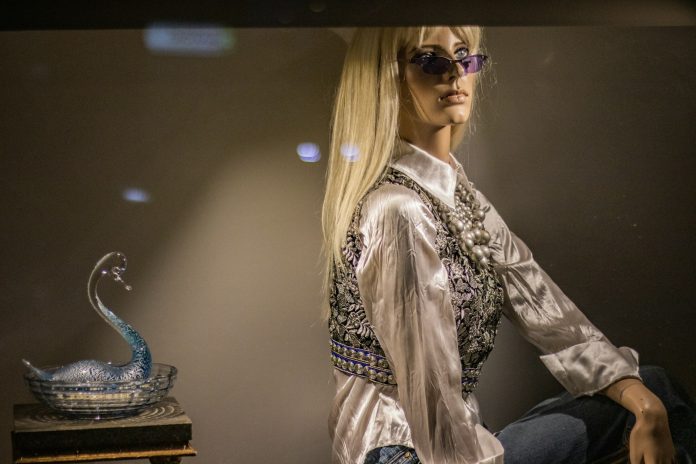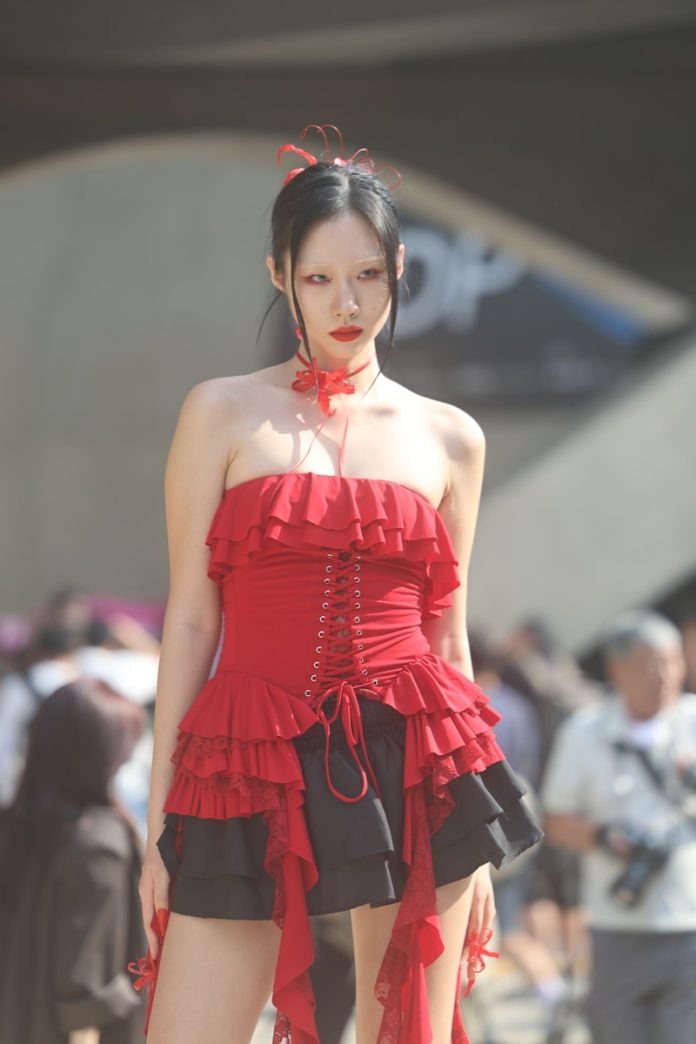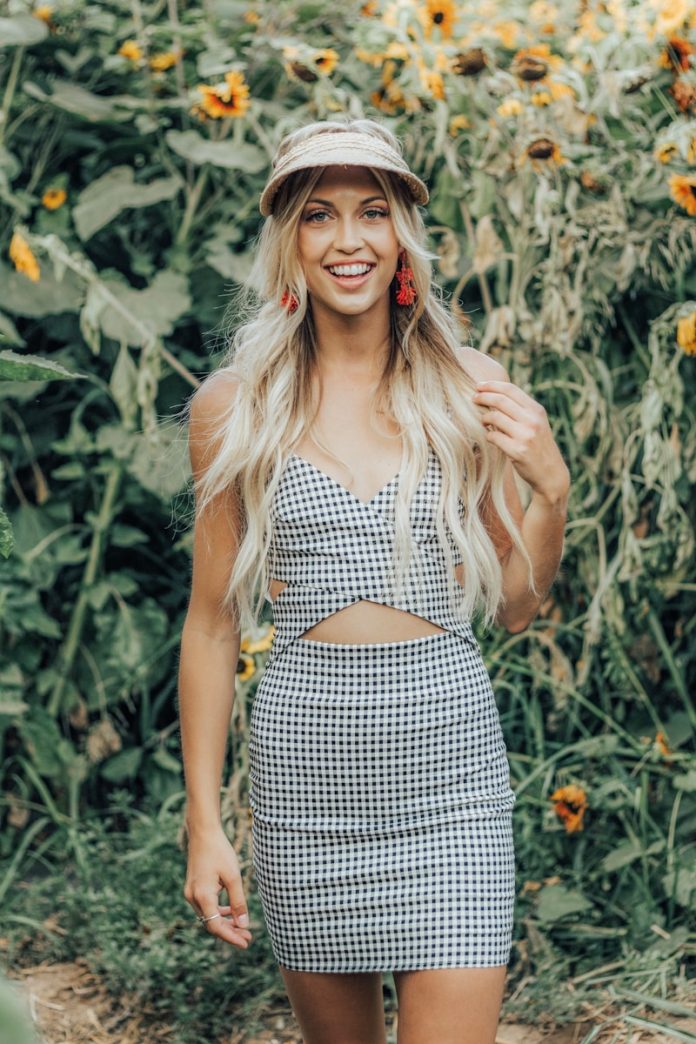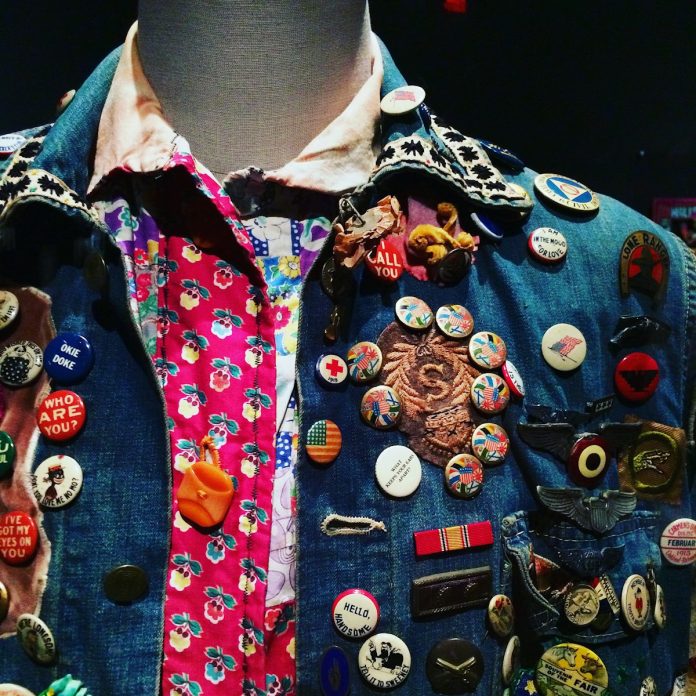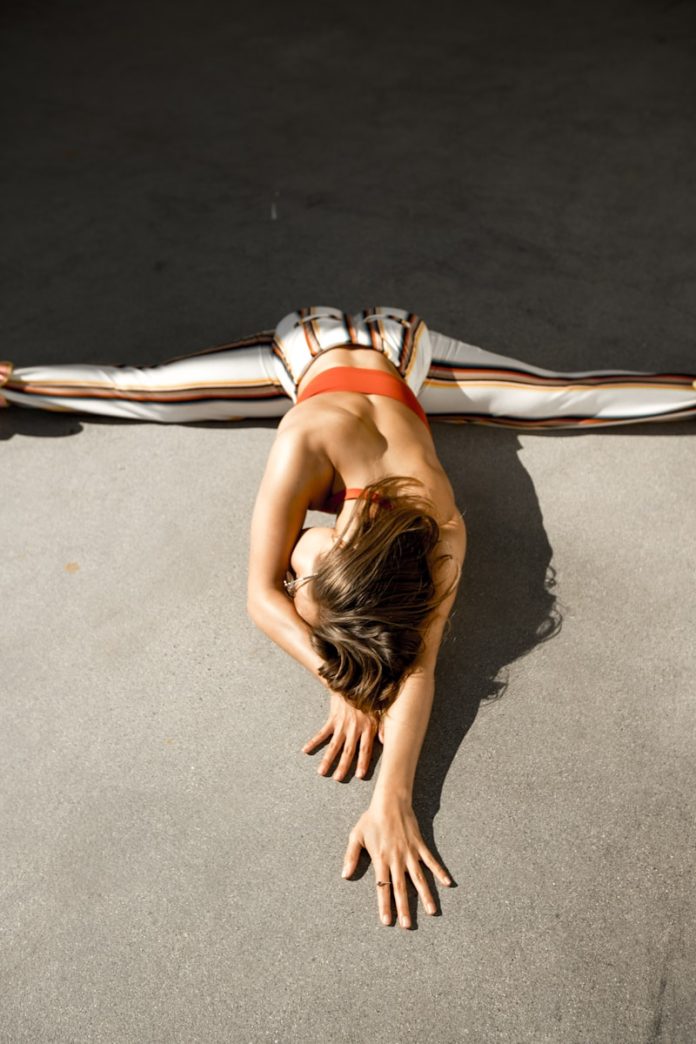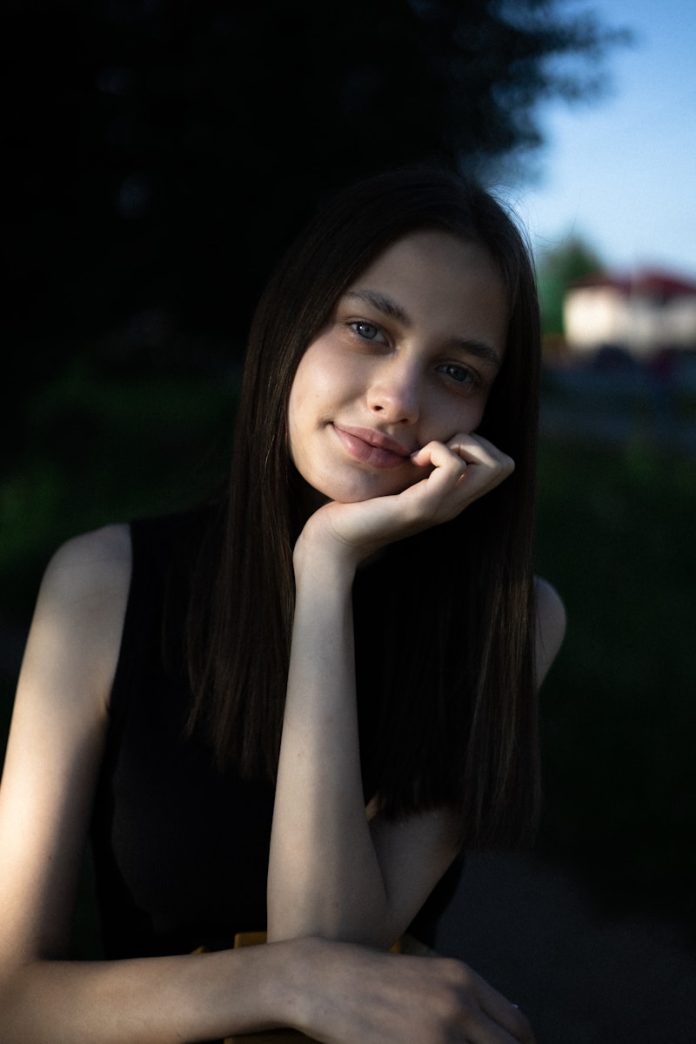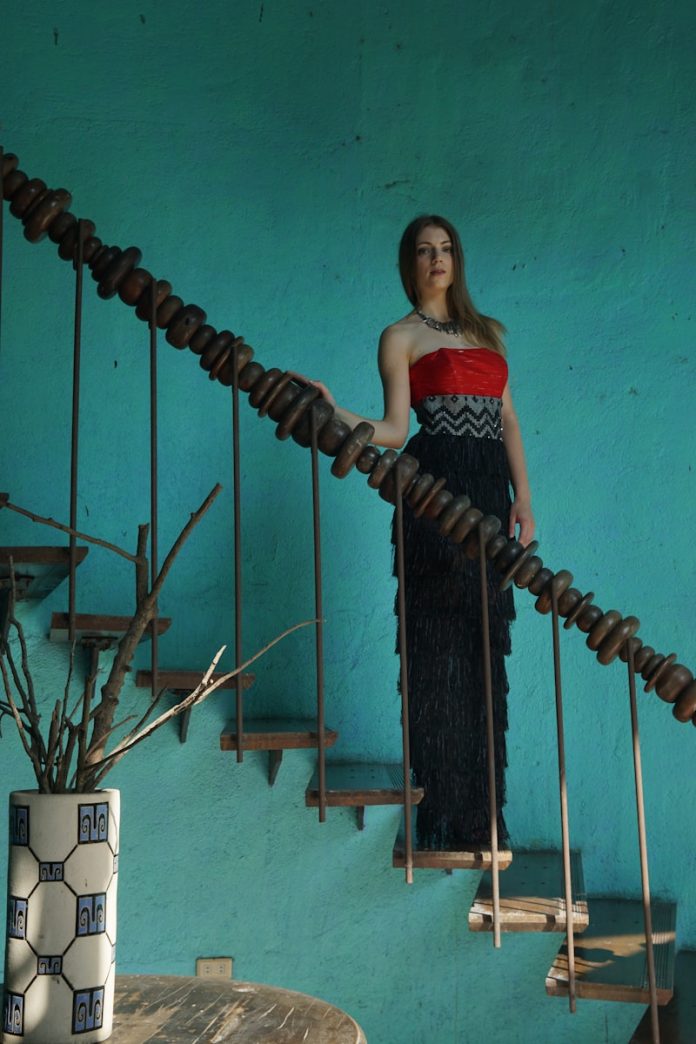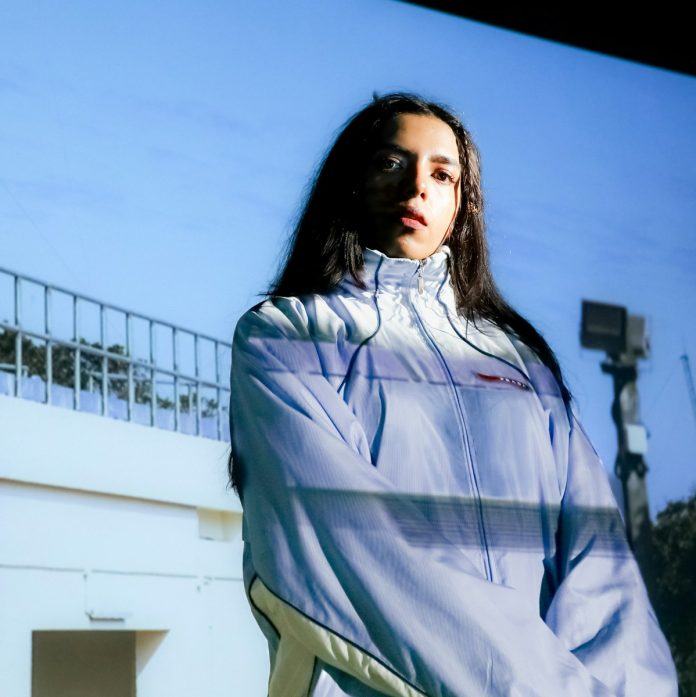In the world of fashion, some pairings feel like fate—black and white, denim and leather, cashmere and pearls. But then there are the rebels: combinations that at first glance clash, yet upon closer inspection, create something unforgettable. Enter the unlikely but captivating union of stripes and florals—a visual juxtaposition that has transcended trend cycles to become a quiet symbol of fashion’s fearless creativity.
To those steeped in traditional style rules, mixing stripes with florals may feel like a faux pas—too busy, too loud, too chaotic. And yet, somehow, when done with intention and ease, the contrast between linear precision and blooming romance tells a story all its own. A story of balance. A story of defiance. A story of style that lives beyond the rules.
This is not merely about clothes. It’s about what happens when structure meets spontaneity, when order embraces chaos, and when softness dares to dance with sharpness. It’s about the surprising harmony that happens when opposites don’t just attract—they thrive.
Beyond the Rulebook: Fashion as Fluid Expression
Once upon a time, the fashion world lived by a strict set of codes: never wear white after Labor Day, match your handbag to your shoes, and certainly—don’t mix prints. These rules gave comfort and order, especially in eras where etiquette dictated almost everything, from dinner party behavior to hemlines.
But like any art form, fashion evolves. What once was taboo becomes today’s innovation. The 21st century wardrobe is more expressive, more personal, and more forgiving. It embraces experimentation over perfection, play over prescription.
Mixing stripes and florals might seem like chaos on paper, but in practice, it’s a masterclass in contrast—a push and pull between minimalism and maximalism, logic and lyricism. It breaks the monotony and opens the door to originality. If fashion is a language, then this pairing speaks in poetry and punctuation marks.
The Science Behind the Clash
It’s easy to dismiss stripes and florals as a random mashup, but there’s an underlying visual psychology at work. Stripes are inherently structured—they draw the eye in a directional flow, creating a sense of rhythm and order. They’re geometric, predictable, and bold in their simplicity.
Florals, on the other hand, are organic and free-form. They’re inspired by nature’s whimsy, overflowing with color, curves, and unpredictability. Where stripes suggest control, florals evoke emotion. Together, they create tension—and harmony.
This contrast activates the senses. It’s visually engaging, slightly unpredictable, and endlessly customizable. In the same way sweet and salty flavors complement each other in cuisine, stripes and florals offer balance—a merging of left-brain structure and right-brain artistry.
A Brief History of Bold Pairings
Fashion history is filled with turning points where brave combinations reshaped the rules. In the 1960s, Yves Saint Laurent shocked audiences by pairing Mondrian’s geometric blocks with feminine silhouettes. In the ‘80s, punk clashed leather with lace, safety pins with satin. More recently, designers like Dries Van Noten, Marni, and Gucci under Alessandro Michele have embraced bold clashing prints, showing that visual tension can be fashionable and intentional.
Stripes and florals, while less radical than safety pins through eyebrows, still carry the spirit of defiance. They challenge the idea that everything must match, that style must be quiet to be elegant. It’s fashion’s way of saying: beauty lies in the unexpected.
How to Make It Work: The Art of Styling Contrast
Pulling off this unlikely pairing doesn’t require a fashion degree—just a willingness to experiment and a few guiding principles:
- Start with a Base Print
Choose either stripes or florals as your anchor. For beginners, a striped top paired with a floral skirt (or vice versa) is an easy entry point. Keeping one half neutral or monochrome tones down the visual impact while still offering contrast. - Mind the Color Palette
The secret to cohesion often lies in color harmony. Look for prints that share a common color, even if it’s subtle. A navy stripe can pull out the same tone in a floral print, creating an invisible bridge between the two. - Play with Scale
Varying the scale of your prints can prevent the look from feeling overwhelming. Try pairing thin pinstripes with oversized blooms, or wide sailor stripes with a delicate floral pattern. The difference in scale adds dimension and balance. - Keep Accessories Minimal
Let the prints do the talking. Opt for clean, solid accessories that complement the outfit without competing. Think neutral shoes, classic bags, and understated jewelry. - Own It
Confidence is the ultimate styling tool. The most eye-catching outfit in the world can fall flat if the wearer seems unsure. Style is a statement—and this particular one is about unapologetic creativity.
From Sidewalks to Runways
The stripes-and-flowers movement isn’t just for the daring dressers of fashion capitals—it’s trickled into everyday wardrobes through street style, fast fashion, and influencer culture.
Take a stroll through a spring market or a weekend brunch spot, and you’ll likely see it: a woman in a pinstriped shirt and floral midi skirt, a man in a floral bomber jacket layered over a Breton tee, a teenager mixing a floral bucket hat with a rugby-striped polo. These aren’t fashion faux pas—they’re fashion forward.
Designers have noticed. Collections from Anna Sui, Etro, and Erdem have all explored variations on this theme, proving that even in the polished, high-gloss world of couture, there’s room for this surprising harmony.
Cultural Echoes: What the Pairing Represents
On a deeper level, stripes and florals speak to broader cultural themes. They symbolize the blending of contrasts—masculine and feminine, order and freedom, tradition and rebellion.
Stripes, once associated with sailors and soldiers, bring structure, discipline, and a utilitarian aesthetic. Florals, tied to femininity, nature, and romance, bring softness and emotionality. Their pairing can be seen as a metaphor for modern identity—fluid, multifaceted, unbound by binary labels.
In an era where self-expression is paramount and identity is increasingly viewed as a spectrum, this unlikely duo reflects our growing comfort with contradiction. We no longer have to choose between soft and strong, bold and delicate. We can be both.

